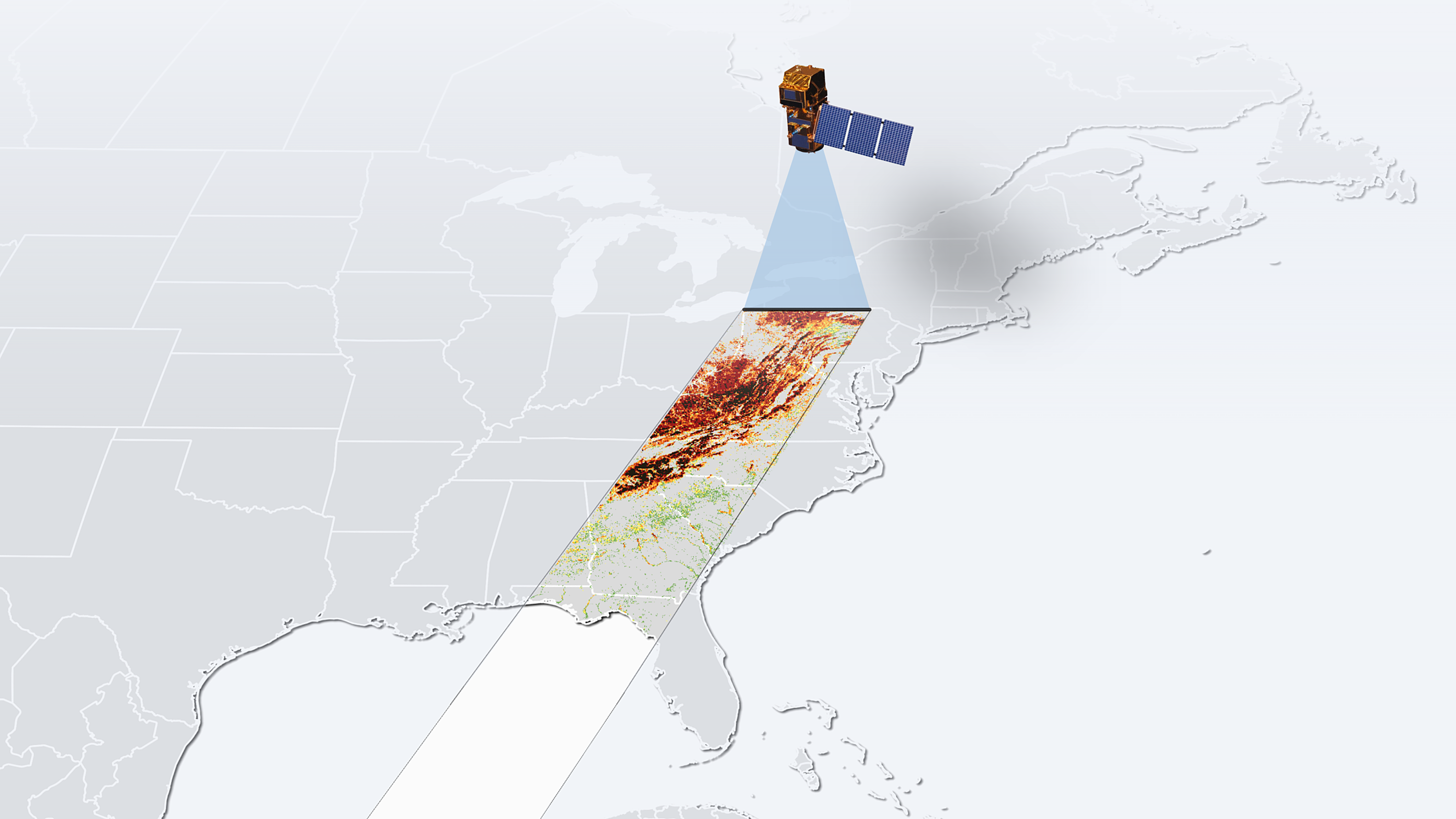
July 29, 2024

As summer gives way to fall, daylight hours diminish and the nights grow colder. Trees react by decreasing chlorophyll production, and the dominant green hues of summer give way to yellows, oranges, reds, and purples. Carotenoids, which exist within leaves in lesser quantities throughout the summer, become more prominent as chlorophyll concentrations decrease. They are responsible for the yellow, orange, and brown hues that dominate most fall landscapes. If weather conditions allow, anthocyanin may be produced in large quantities during the fall, providing leaves with additional red hues.
Understanding the complex forcings brought on by shorter days and colder nights is critical when forecasting fall colors. Thankfully, several fall foliage oddities shine light on how all the pieces fall into place!
A few locations within the United States have fall foliage that is so anomalous, it provides insight regarding the contributions of temperature and daylight to fall color progression.
Consider two locations that lie on the same parellel. That is, they lie on the same line of latitude, and the days grow shorter/longer at the exact same rate. New York City (NYC) and Rocky Mountain National Park (RMNP) both lie at 40.7°N; however, they experience peak fall color nearly two months apart! On September 1st, both locations experience 13 hours and 6 minutes of daylight. By November 1st, that number has decreased to 10 hours and 27 minutes. They're experiencing the same decrease in daylight, so the huge difference between their peak fall coloration must be entirely due to temperature.
September nights are nearly 30 degrees cooler on average in RMNP than in NYC. This brings about peak color as early as September 20th in the high elevations of RMNP, whereas NYC may not see peak color until November 20th.
This begs the question, "What impact do daylight hours really have on fall foliage timing?"
Given the significant timing differences observed in peak coloration along lines of latitude, it may be fair to conclude that shorter days simply "open the door" to fall color change. Once that door opens (sometime in September for most of the Lower 48), leaf coloration begins to occur if the weather is sufficiently cold. For somewhere like NYC, nighttime lows may not become sufficiently cold until late October, while RMNP is chomping at the bit with occasional lows in the 30s throughout the summer months. Following an open door in September, those cold nights finally trigger a color response in the aspens that are scattered throughout RMNP.
Precipitation also plays a role in the evolution of fall foliage; however, its impacts are not as clear cut as those from shorter days and colder nights. Another blog post would be required to fully cover the complexities brought about by anomalous precipitation, but for now, suffice it to say that excessive rainfall delays color, while dry conditions have more varied impacts.
Now that we've established the basic contributions to fall color progression, we ought to consider how these factors can be modeled to create accurate predictions.
We've come a long ways from the early days of our quest to create the world's first real-time fall foliage prediction model. The first models were extremely rudimentary, and sought to quantify contributions from daylight and temperature through guess-and-check methodology. After a year of development, this style of model proved to be extremely robust; however, the predicted values lacked any tangible meaning.
Following Fall 2023, significant efforts were made to align our predictions with the current state of fall foliage science. This included assigning a rigid definition to each color category, and creating a new model trained entirely on observations.
Utilizing deep learning methods, our 2024 model is finely tuned to predict the temporally-normalized browness index. Thresholds are used to assign predictions into one of the following classes: Little to No Color, Low Color, Moderate Color, High Color, Peak Color, and Past Peak Color. This allows for more robust error analysis and direct comparison to observations made by remote sensing platforms. Additionally, the effects of highly anomalous precipitation is more accurately captured by our latest model, providing improved forecasts in drought stricken and flood weary regions.
Access to remotely sensed fall foliage observations has opened to the door to global, high resolution fall foliage monitoring and prediction. Over the coming months and years, our horizons will expand to cover more than just the contiguous United States. These observations will be used to correct model errors in real time, train more accurate models, and guide fall foliage enthusiasts to the best color that fall has to offer.
As we integrate more advanced technology and data sources, we anticipate even greater precision in our forecasts, enabling travelers to experience peak foliage with unparalleled accuracy. This innovation will revolutionize how we understand and enjoy the fall season, making each journey more vibrant and memorable.